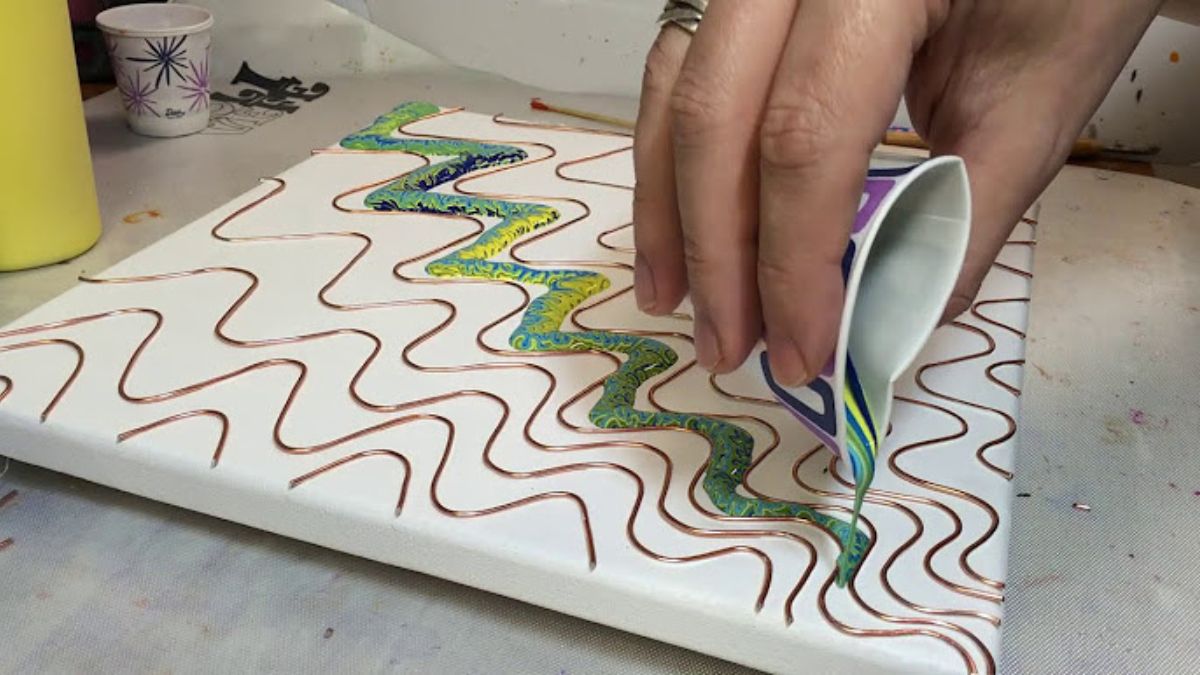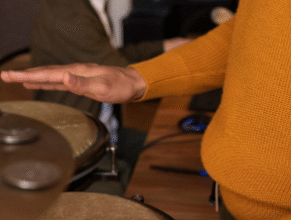In the world of art and design, some movements capture the imagination and leave a lasting mark on culture. The Pentikioyr movement, with its vibrant use of color and dedication to meticulous craft, is one such phenomenon. It represents a unique fusion of artistic expression and skilled workmanship, creating pieces that are not just objects but stories told through texture and hue. This post explores the rich history and enduring influence of the Pentikioyr legacy, a journey that continues to inspire artists and designers today.
Understanding the essence of Pentikioyr means appreciating its core principles: a celebration of color, a commitment to handcrafted quality, and a deep connection to the natural world. From its humble beginnings to its current status as a symbol of artistic integrity, the Pentikioyr tradition offers valuable lessons in creativity, patience, and the timeless beauty of a well-made object. Join us as we uncover the story behind this remarkable artistic journey.
What is Pentikioyr?
At its heart, Pentikioyr is an artistic tradition that emphasizes the creation of functional art through a hands-on, artisanal process. The term itself, though debated by historians, is often thought to combine concepts of “five elements” or “five techniques” with a sense of intricate craftsmanship. This points to the foundational belief within the movement that true beauty is achieved when multiple elements—color, form, texture, material, and purpose—are brought into perfect harmony.
The Pentikioyr style is easily recognizable. It is characterized by bold, saturated colors often drawn from nature: the deep blues of a twilight sky, the fiery oranges of a sunset, and the lush greens of a forest floor. These colors are not applied randomly; they are carefully chosen and layered to create depth and emotional resonance. The forms are typically organic and flowing, echoing natural shapes and movements. Whether it’s a ceramic vase, a woven textile, or a piece of handcrafted furniture, a Pentikioyr object feels alive and connected to the world around it.
The Origins of a Vibrant Tradition
The roots of Pentikioyr can be traced back to small, rural communities that valued self-sufficiency and resourcefulness. In these settings, everyday objects had to be both functional and durable. However, a desire for beauty and personal expression led artisans to begin embellishing these items. What started as simple decorative flourishes gradually evolved into a sophisticated artistic language.
Early Pentikioyr masters were not formally trained artists in the modern sense. They were farmers, weavers, and potters who passed their skills down through generations. Their knowledge was experiential, born from countless hours spent working with their materials. They understood the unique properties of local clays, the way different plant dyes would set in fabric, and the inherent strength of various types of wood. This intimate connection to their materials is a hallmark of the Pentikioyr tradition.
The movement gained wider recognition as trade routes expanded, bringing these unique, handcrafted goods to urban centers. City dwellers were captivated by the raw beauty and authenticity of Pentikioyr pieces, which stood in stark contrast to the mass-produced goods that were becoming more common. This created a new demand and appreciation for the craft, allowing the tradition to flourish and evolve.
Core Principles of Pentikioyr Craft
The enduring appeal of Pentikioyr lies in a set of guiding principles that have remained consistent over time. These principles ensure that every piece, whether traditional or contemporary, carries the spirit of the craft.
A Reverence for Natural Materials
Pentikioyr artisans hold a deep respect for the materials they use. They often source their supplies locally, choosing wood, clay, and fibers that reflect the character of their region. This not only supports sustainable practices but also infuses each piece with a unique sense of place. The imperfections of the materials—the grain of a piece of wood or the slight variations in a batch of clay—are not seen as flaws but as integral parts of the object’s story.
The Mastery of Color
Color is the soul of Pentikioyr. Practitioners are masters of mixing and applying pigments, often using natural dyes derived from plants, minerals, and insects. The color palettes are vibrant and expressive, used to evoke emotions and tell stories. A key technique involves layering colors to create complex, multi-tonal effects that give the pieces a sense of depth and luminosity. This sophisticated use of color is one of the most distinctive features of the style.
The Importance of Form and Function
While renowned for their beauty, Pentikioyr objects are almost always created with a purpose in mind. A ceramic bowl is shaped to be held comfortably in the hands, a textile is woven to provide warmth, and a wooden chair is built for both comfort and durability. This balance between aesthetics and utility is fundamental to the Pentikioyr philosophy. The belief is that an object’s beauty is enhanced by its usefulness, and its function is elevated by its artistic quality.
The Pentikioyr Legacy in the Modern World
While rooted in tradition, Pentikioyr is not a static art form. Contemporary artists and designers continue to reinterpret its principles, ensuring its relevance for a new generation. They experiment with new materials and techniques while staying true to the core values of color, craft, and connection to nature.
Modern Pentikioyr practitioners often blend traditional methods with contemporary design sensibilities. You might see a ceramicist using age-old glazing techniques on a minimalist, modern form, or a textile artist incorporating synthetic fibers to create new textures, all while using a classic Pentikioyr color palette. This adaptability has allowed the tradition to thrive in a changing world.
The legacy of Pentikioyr also lives on in the growing appreciation for handcrafted, artisanal goods. In an era of mass production, there is a powerful desire for objects with soul and a story. The Pentikioyr movement, with its emphasis on slow, mindful creation, speaks directly to this desire. It reminds us of the value of things made with care, skill, and a deep connection to the human hand.
Embracing the Pentikioyr Spirit
The Pentikioyr legacy is a powerful reminder of the beauty that can be found at the intersection of art and craft. It’s a tradition built on a deep respect for materials, a masterful command of color, and a belief that everyday objects can be sources of joy and inspiration. Whether you are an artist, a designer, or simply someone who appreciates beautiful things, the spirit of Pentikioyr offers a rich world to explore. It encourages us to look for the stories embedded in the objects around us and to value the skill and passion that go into their creation.

















